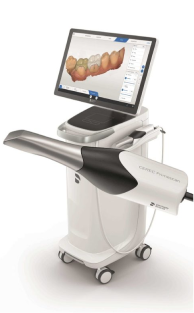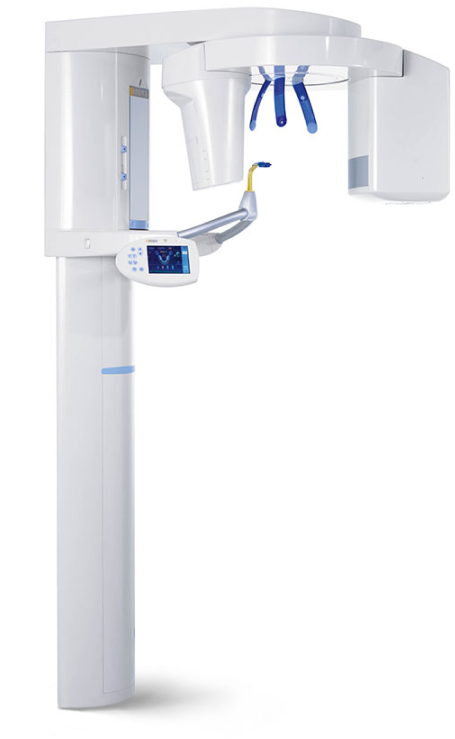Treatment For Periodontal Gum Disease
Dec 23, 2022Periodontal gum disease is an infection of the gums that can progress to affect the bone and other tissues that support your teeth. Periodontal disease can be divided into two categories: gingivitis and periodontitis. Gingivitis is a milder form of periodontal disease that causes inflammation of the gums. Periodontitis is a more severe form of periodontal disease that causes inflammation of the gums and destroys the bone and other supporting tissues around the teeth.
Gingivitis – Early Stage of Gum Disease
The early stage of gum disease is called gingivitis. Gingivitis is a milder form of periodontal disease that only affects the gums. Gingivitis is usually caused by plaque, a sticky film of bacteria that forms on your teeth. Plaque can cause the gums to become inflamed and bleed easily.
Periodontitis – More Advanced Stage of Gum Disease
If gingivitis is not treated, it can progress to periodontitis, a more severe form of gum disease. Periodontitis affects the gums and can damage the bone and other tissues that support your teeth. Periodontitis is usually caused by plaque that has built up over time and has hardened.
Periodontitis – Advanced Stages of Gum Disease
If periodontitis is not treated, it can progress to the advanced stages of gum disease. The advanced stages of gum disease can lead to tooth loss and other serious health problems. Periodontitis is usually caused by plaque that has built up over time and has hardened. Treatment For Periodontal Gum disease the best way to treat periodontal gum disease is to prevent it from happening in the first place. You can do this by practicing good oral hygiene habits, such as brushing your teeth twice a day, flossing daily, and visiting your dentist regularly for professional cleanings and checkups. If you already have periodontal gum disease, there are several treatment options available.
What are the Symptoms of Periodontics Gum disease?
The symptoms of periodontal gum disease include:
- Swollen gums
- Red gums
- Bleeding gums
- Bad breath
- Loose teeth
- Sensitive teeth
- Painful chewing
- Receding gums
If you notice any of these symptoms, it is important to see your dentist as soon as possible. Periodontal gum disease is a serious condition that can lead to tooth loss and other health problems if it is not treated. What are the Treatment Options for Periodontics Gum Disease? The best way to treat periodontal gum disease is to prevent it from happening in the first place. This can be done by practicing good oral hygiene, including brushing your teeth twice a day, flossing daily, and using an antibacterial mouthwash. If you have periodontal gum disease, your dentist may recommend professional cleanings more often than twice a year. In some cases, surgery may be necessary to treat periodontal gum disease.
If you have any questions about the treatment for periodontal gum disease, please ask your dentist. He or she will be able to give you more information and answer any questions you may have.








